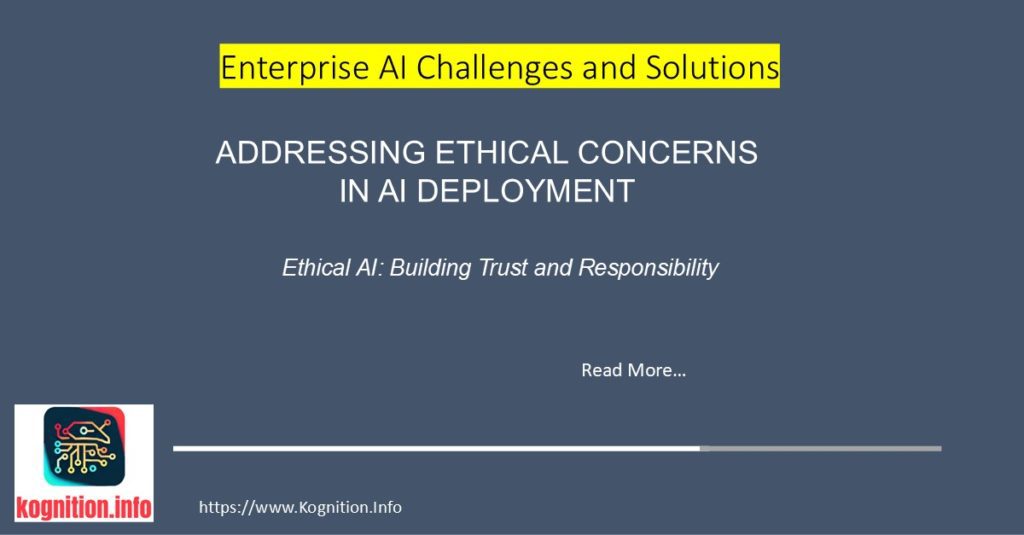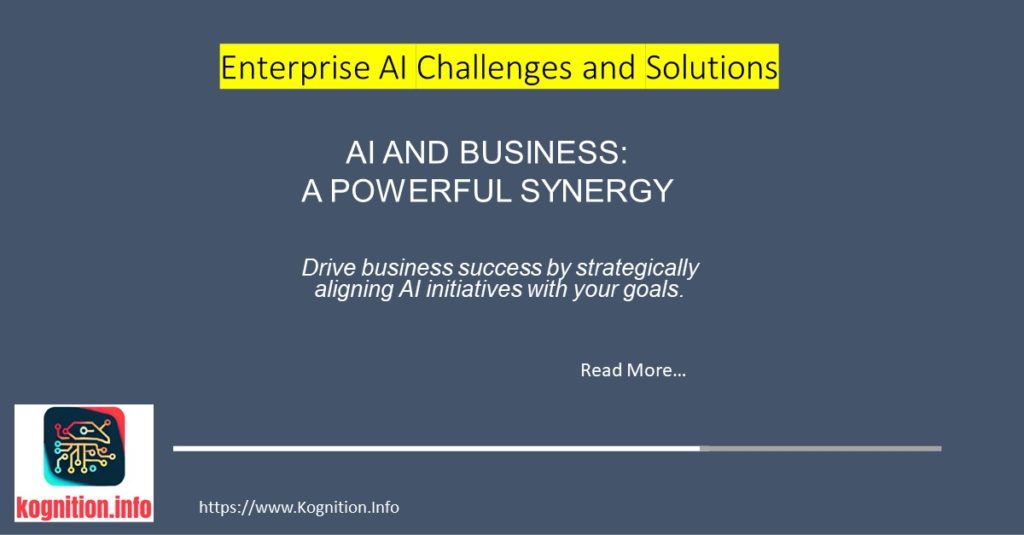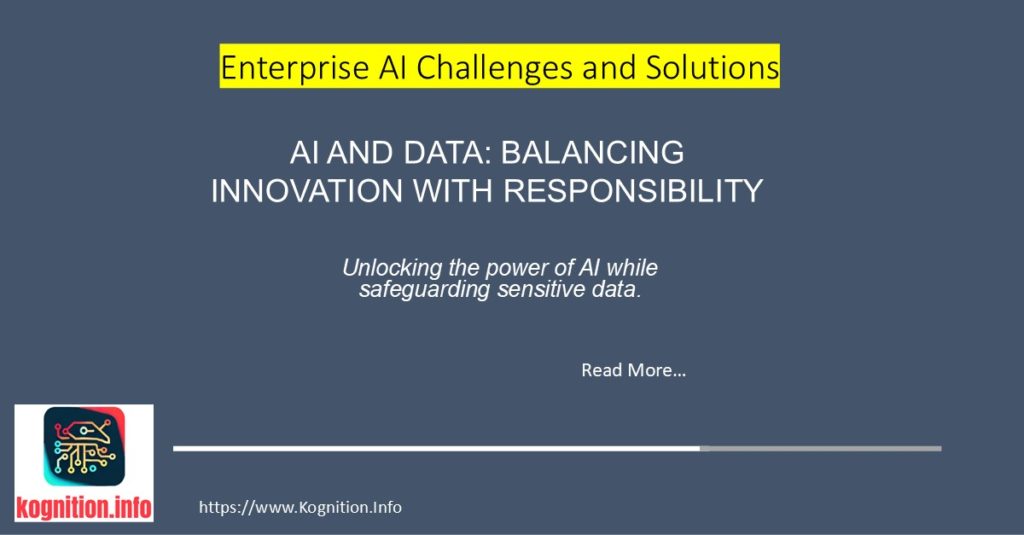Taming the AI Timeline: Mastering Project Management for Success Deliver on Time, On Budget: From AI Aspiration to Operational Reality AI projects notoriously challenge conventional project management approaches, with industry studies consistently showing that they exceed budgets and timelines at significantly higher rates than traditional IT initiatives. The complex interplay between data readiness, evolving technologies,…



